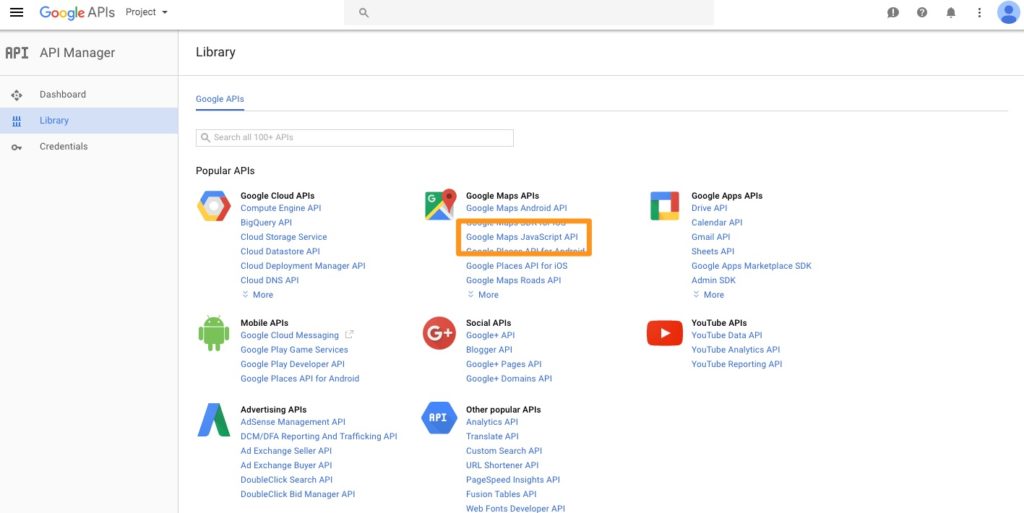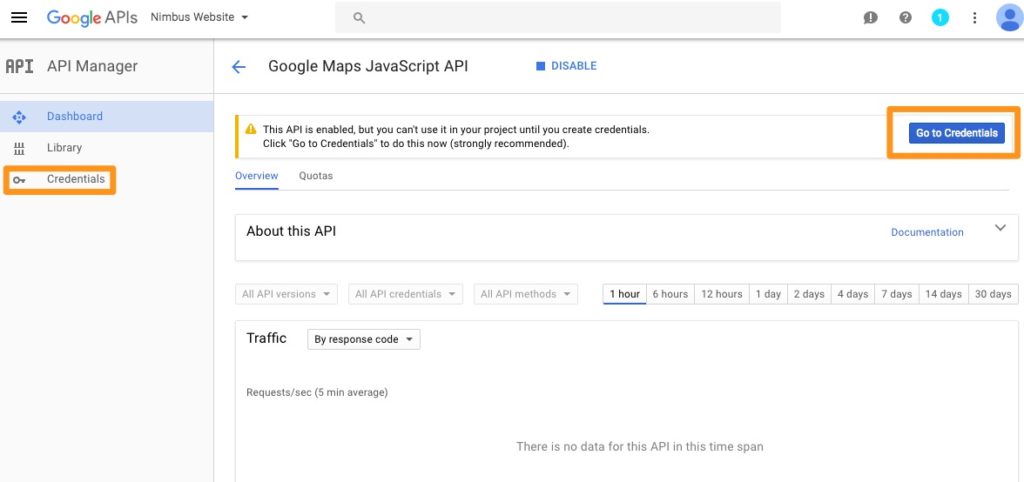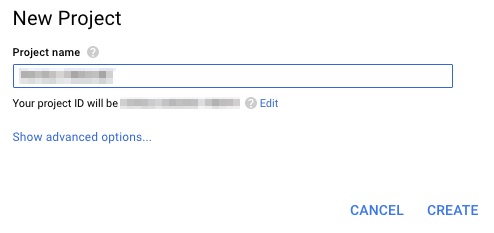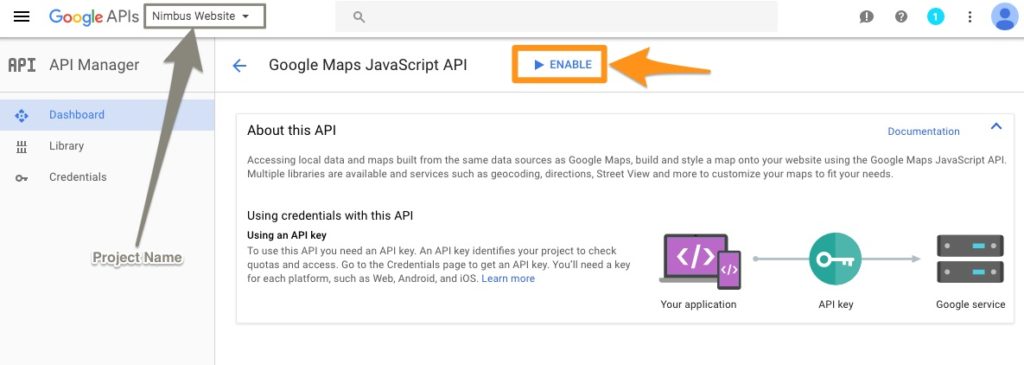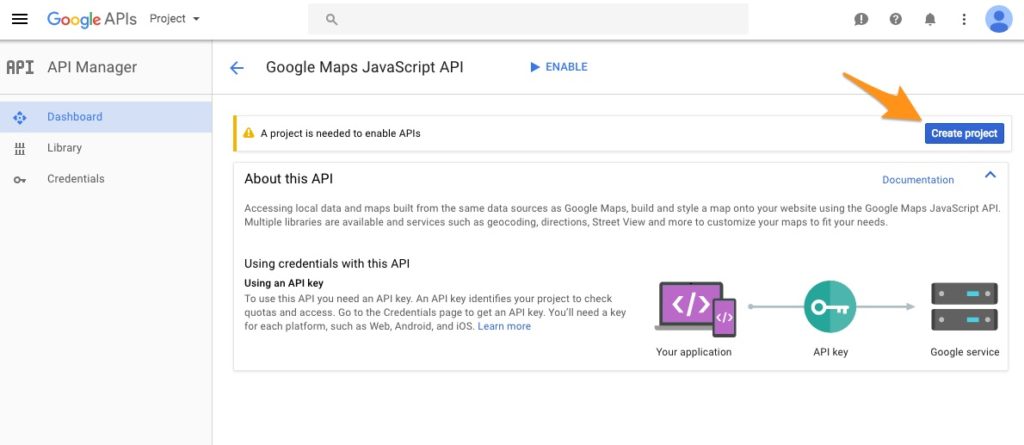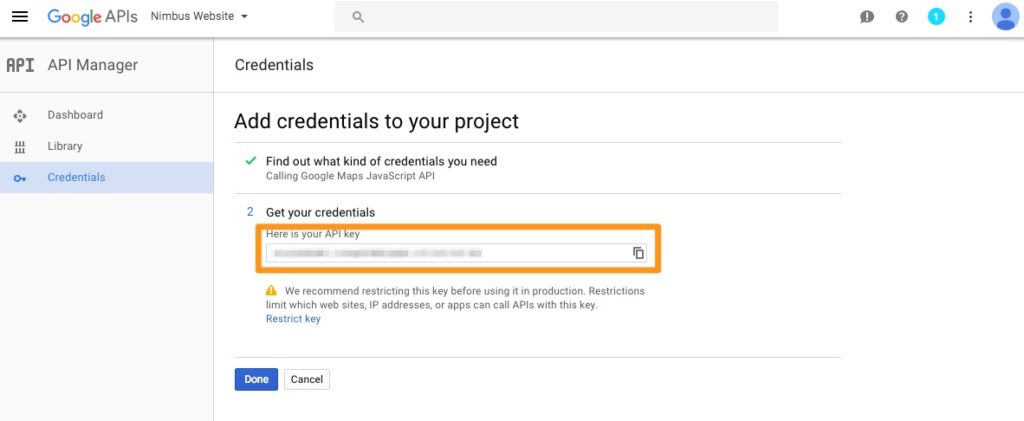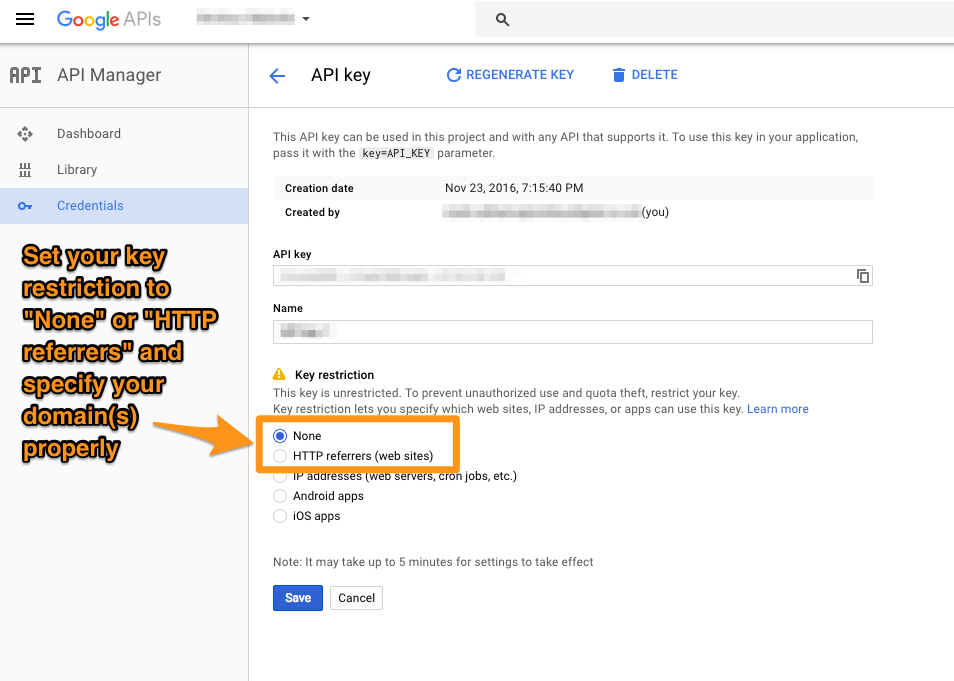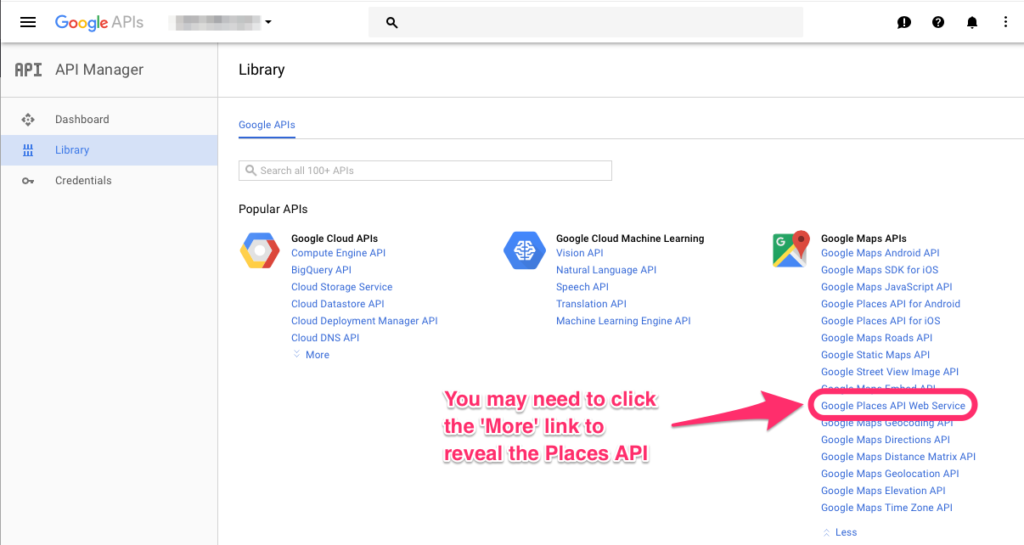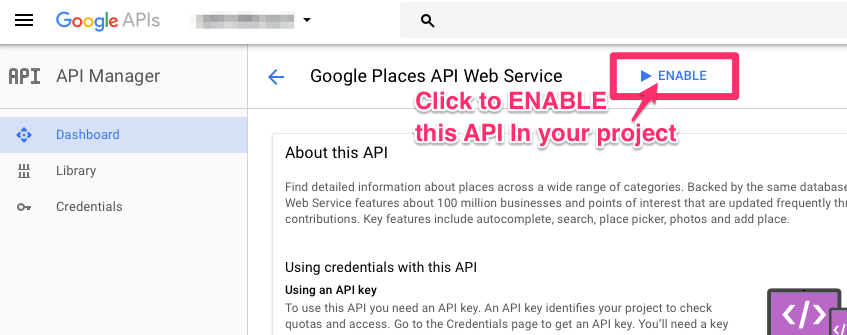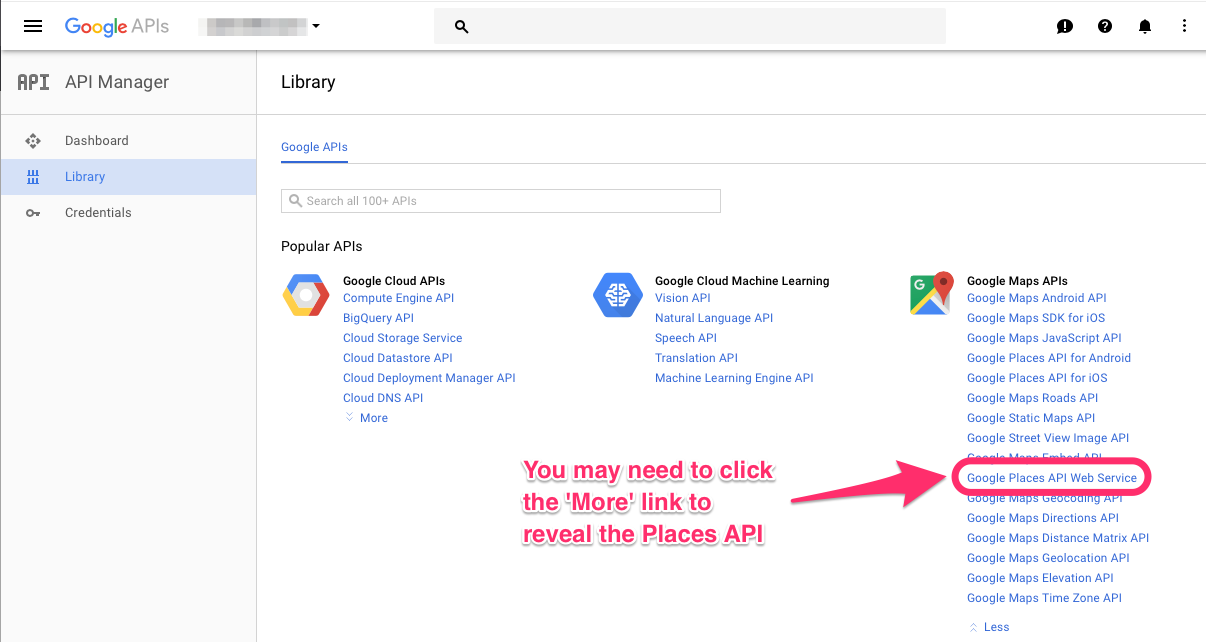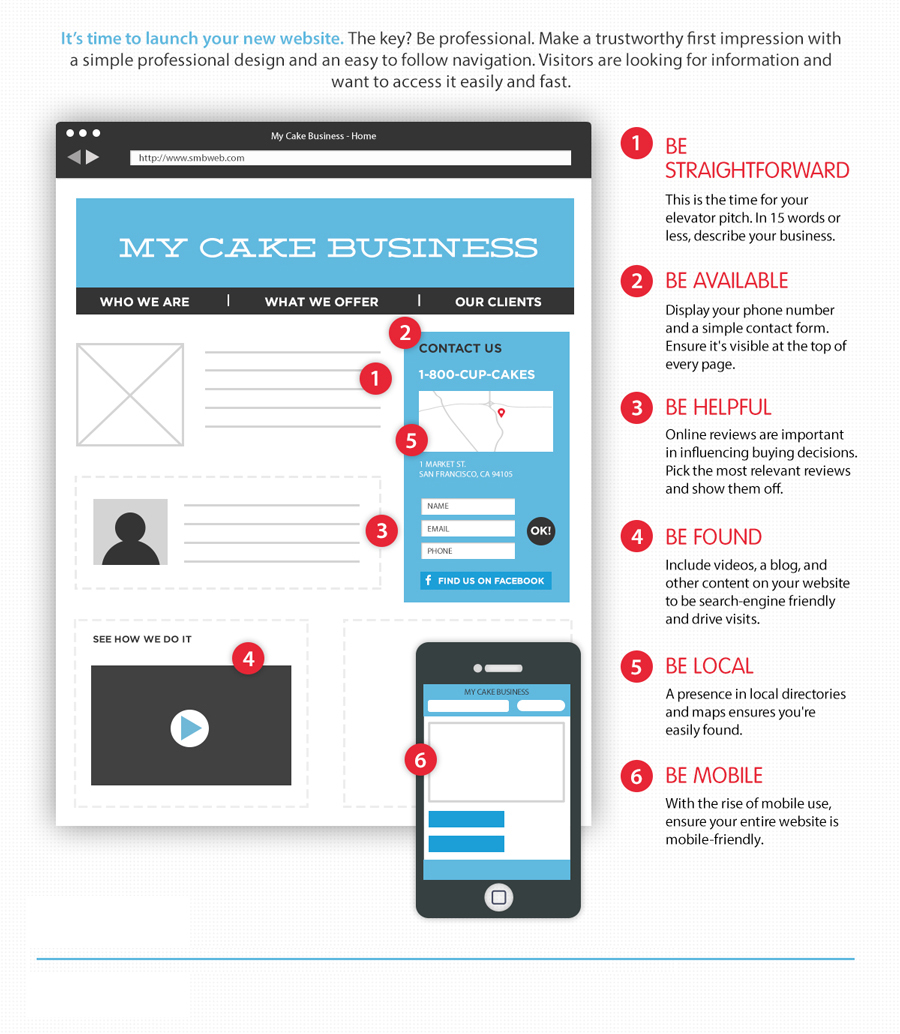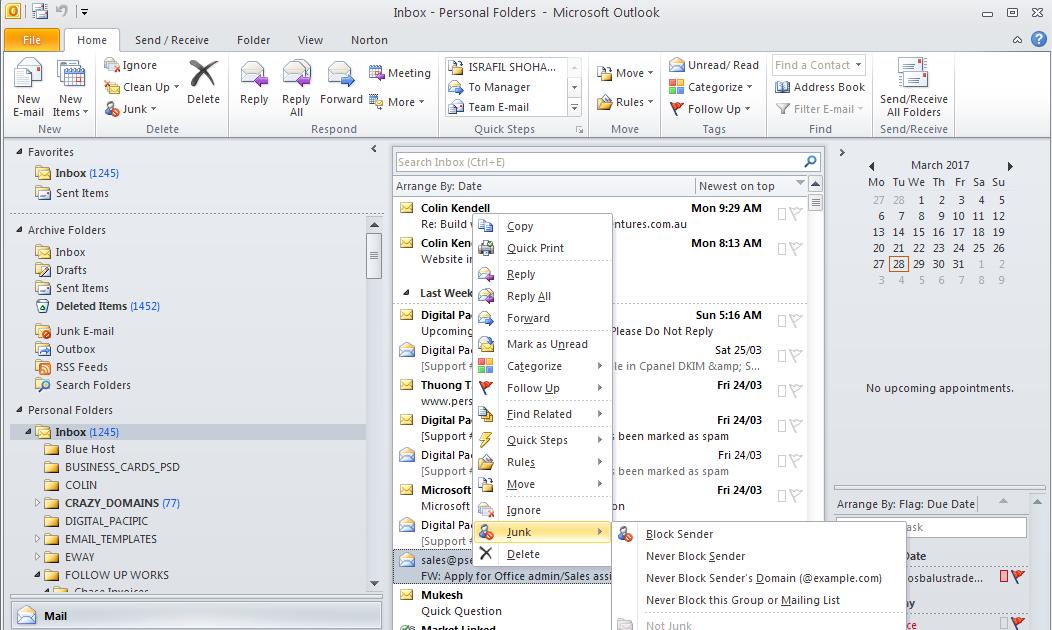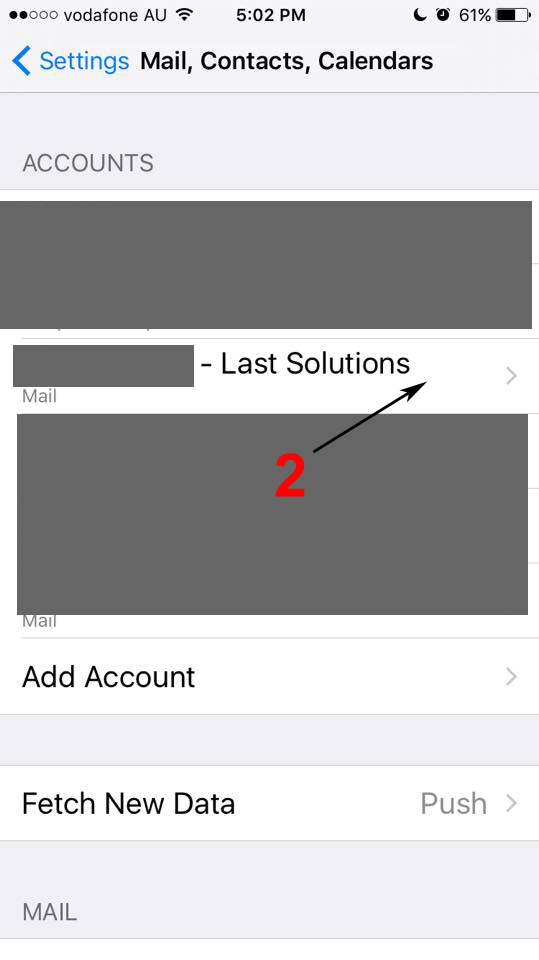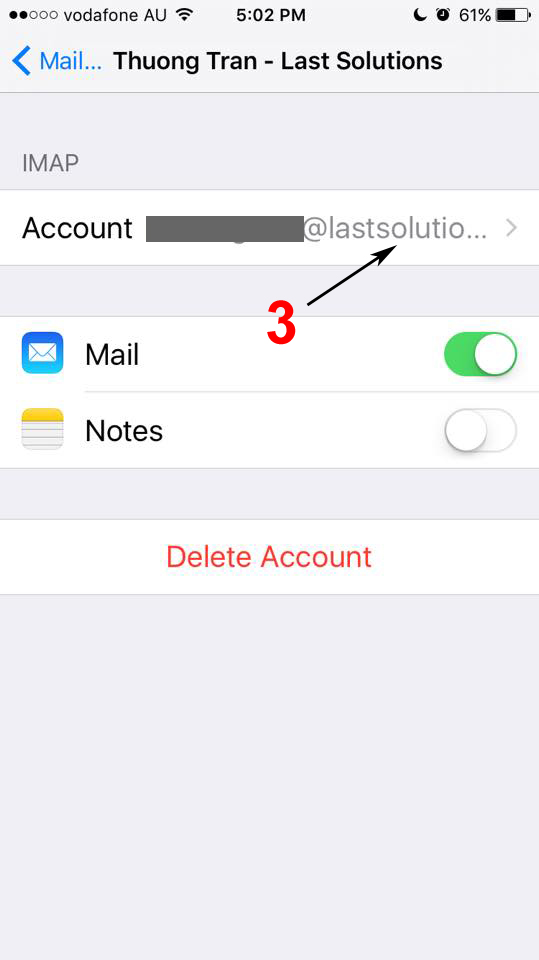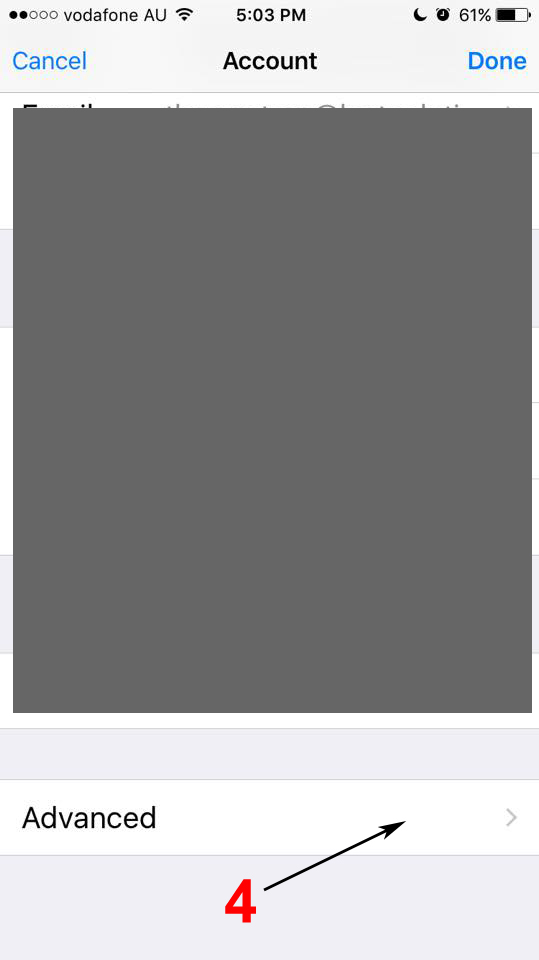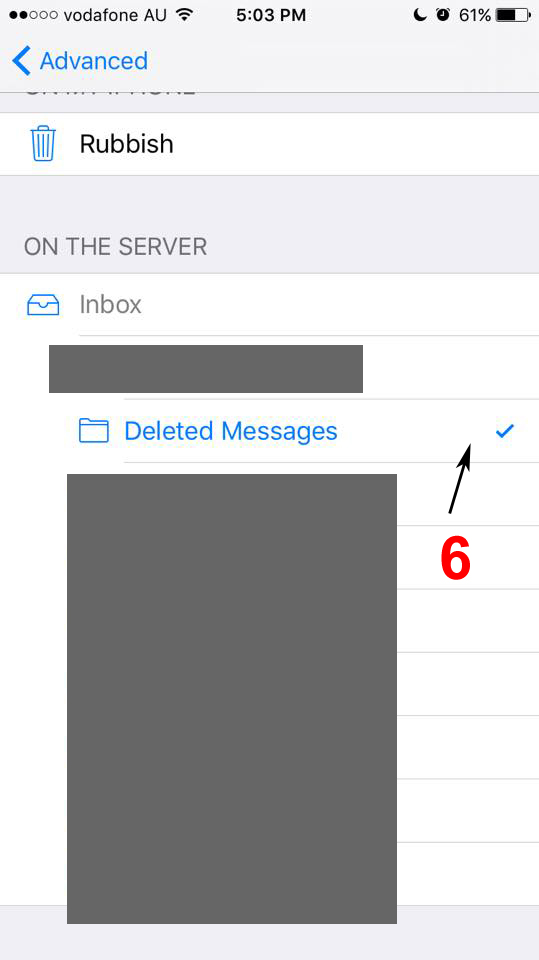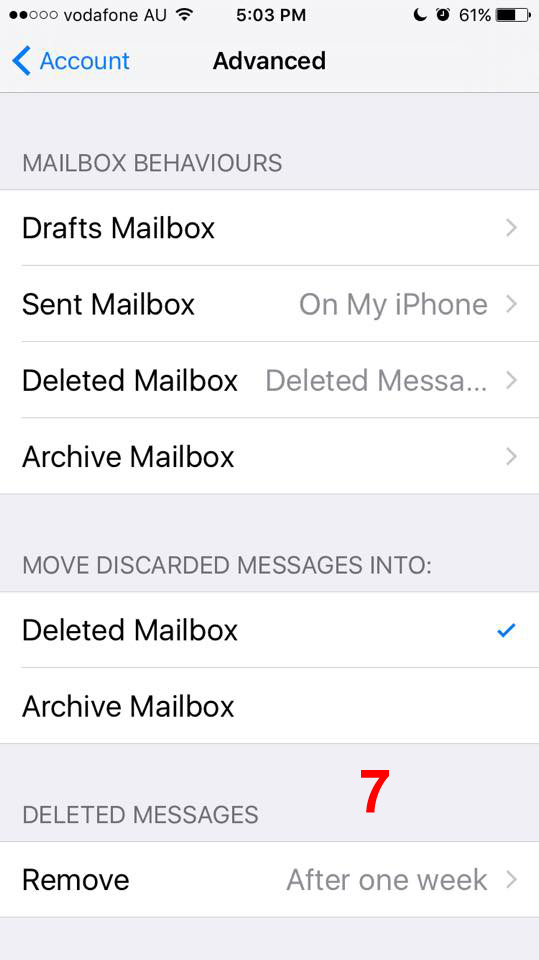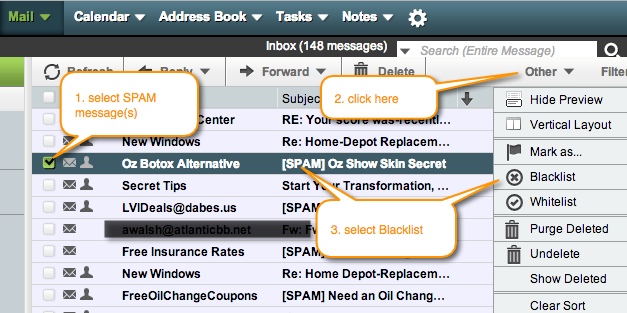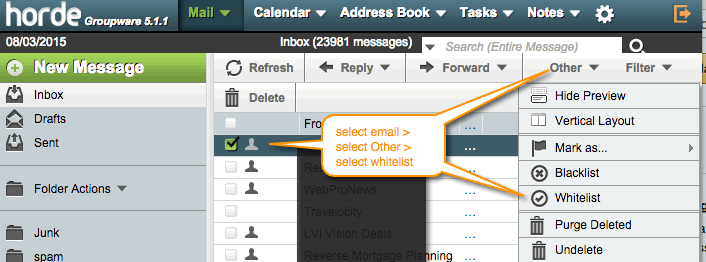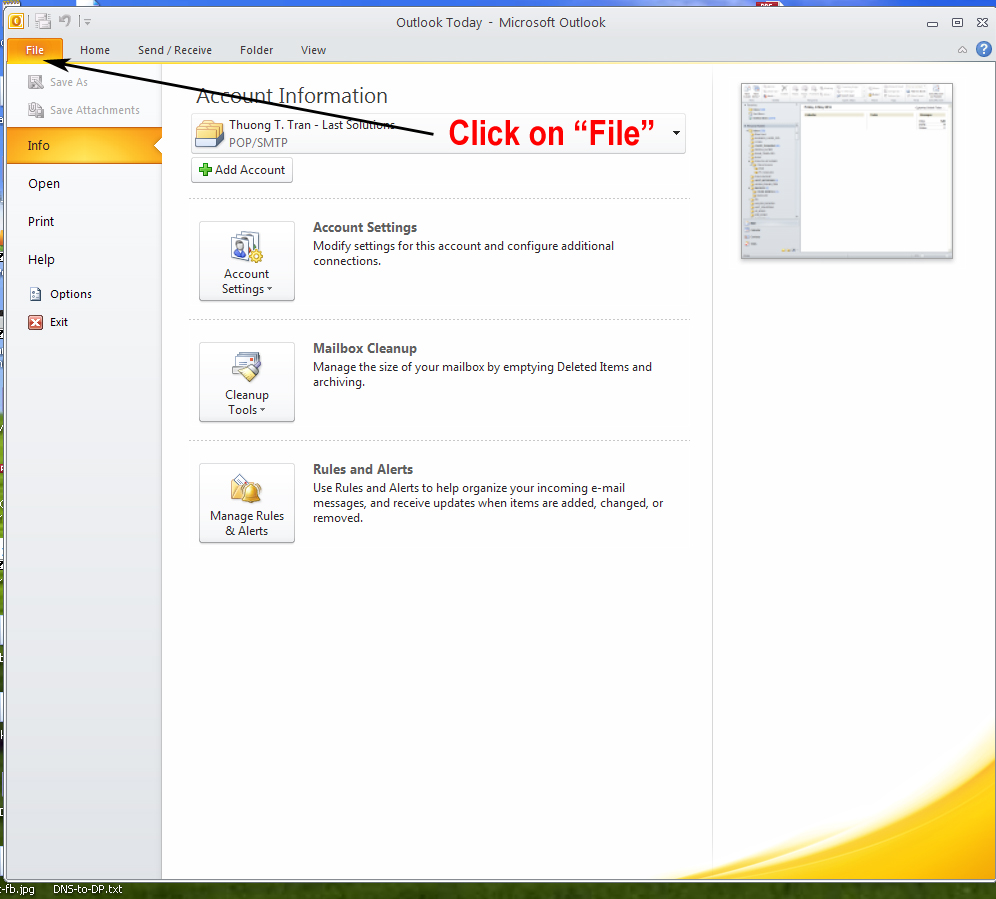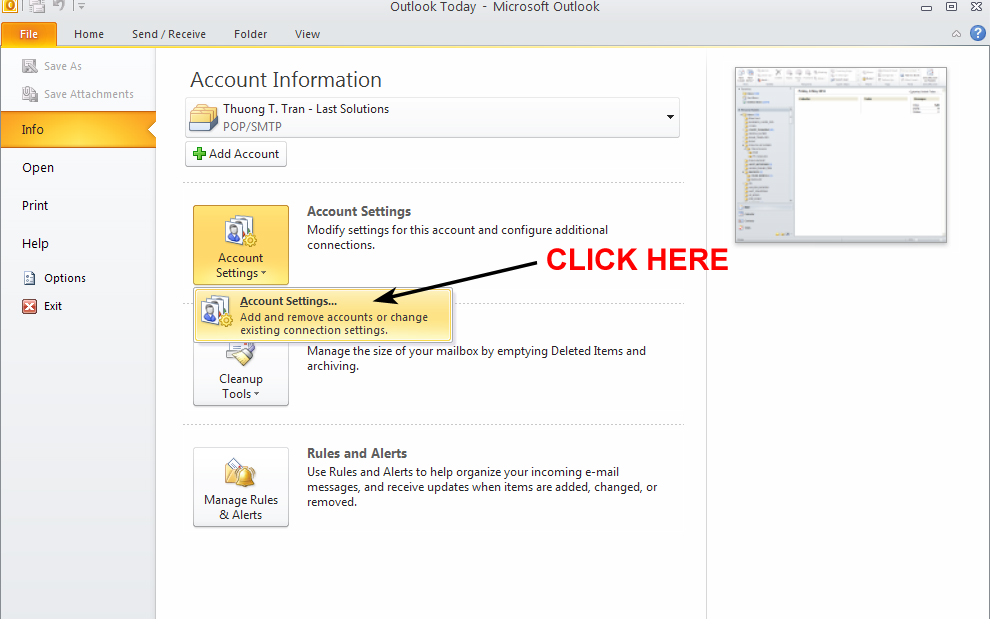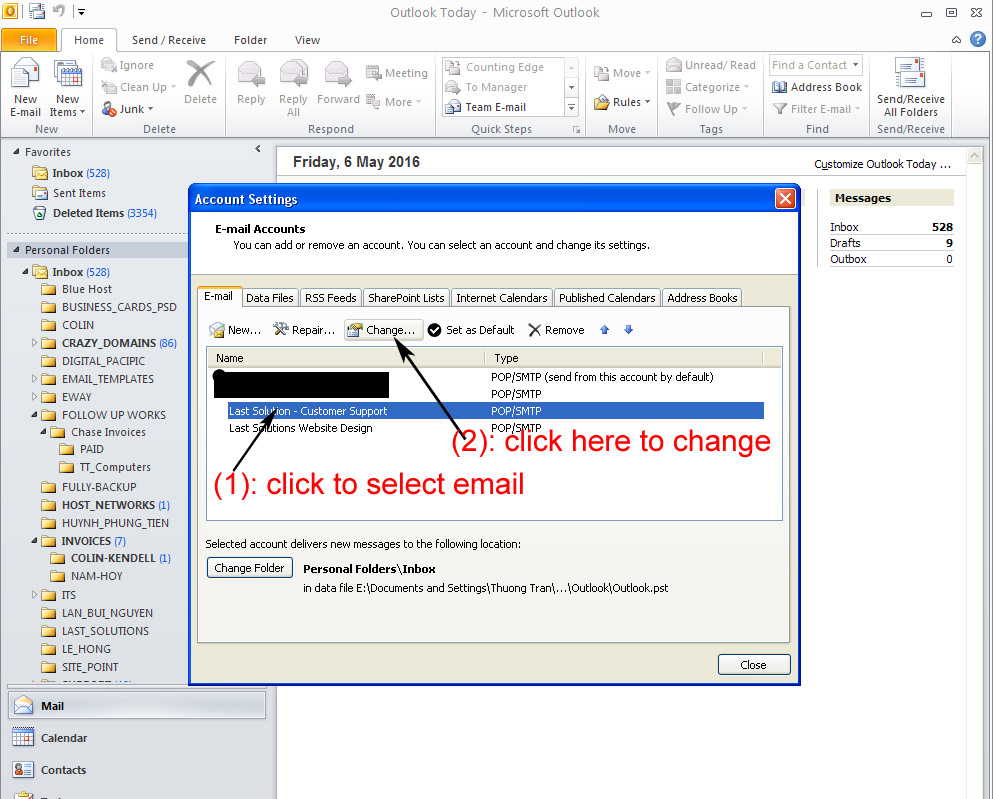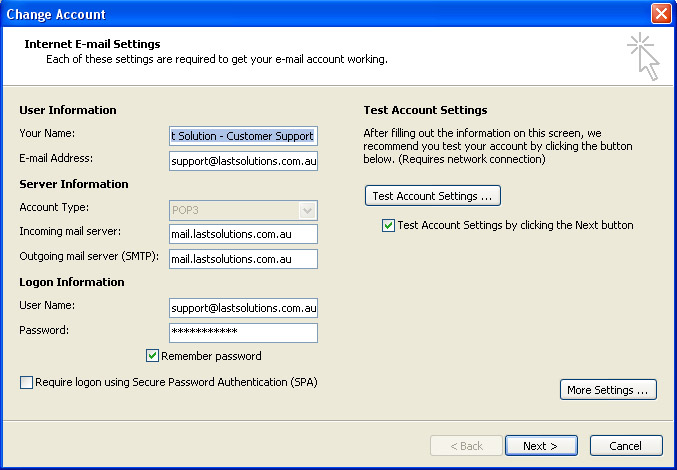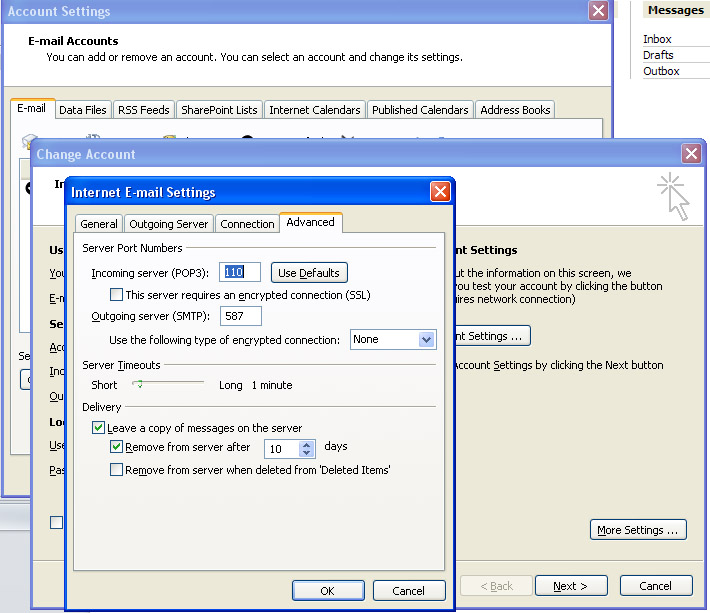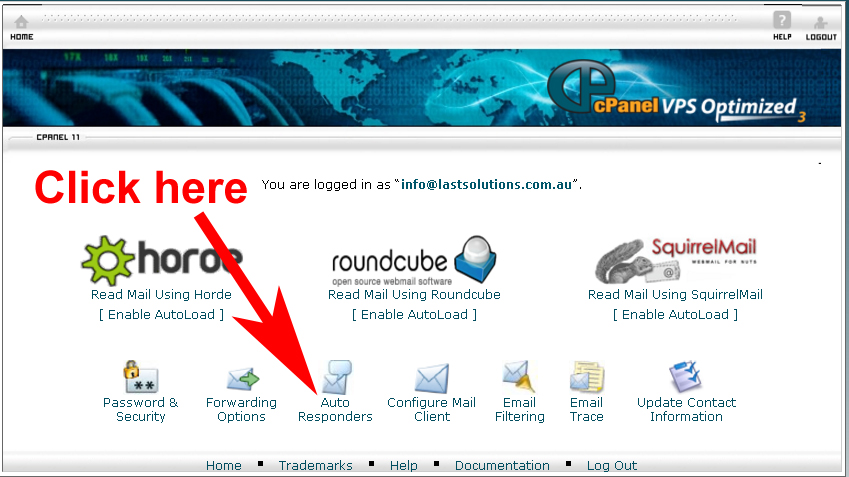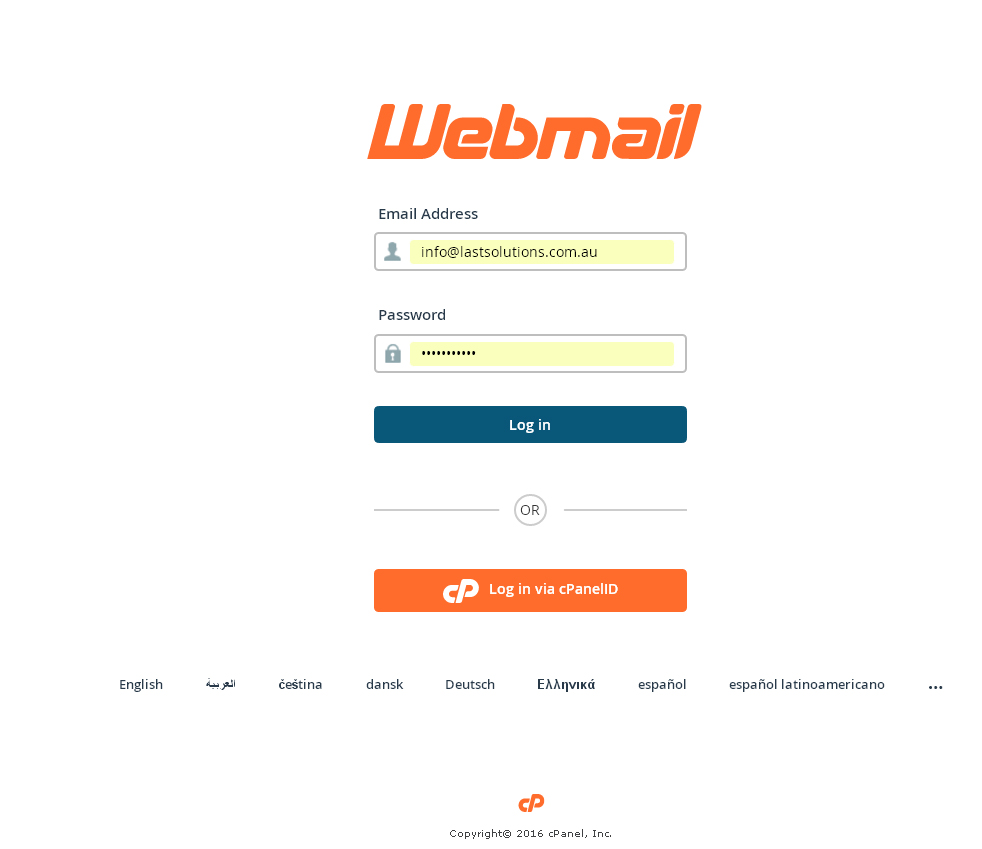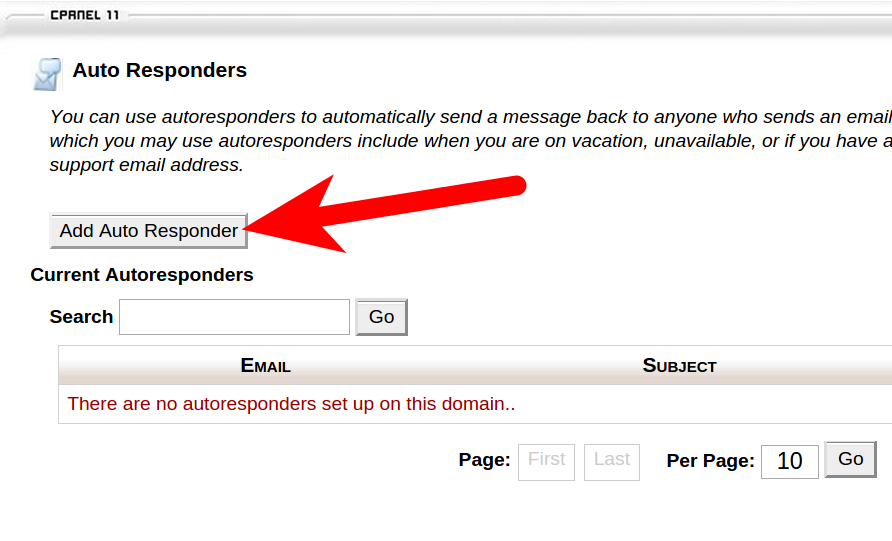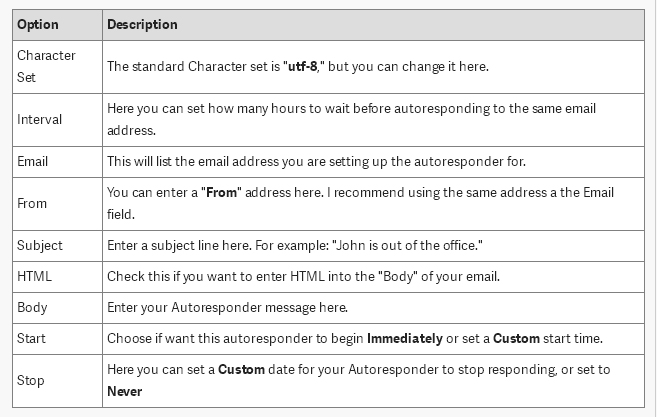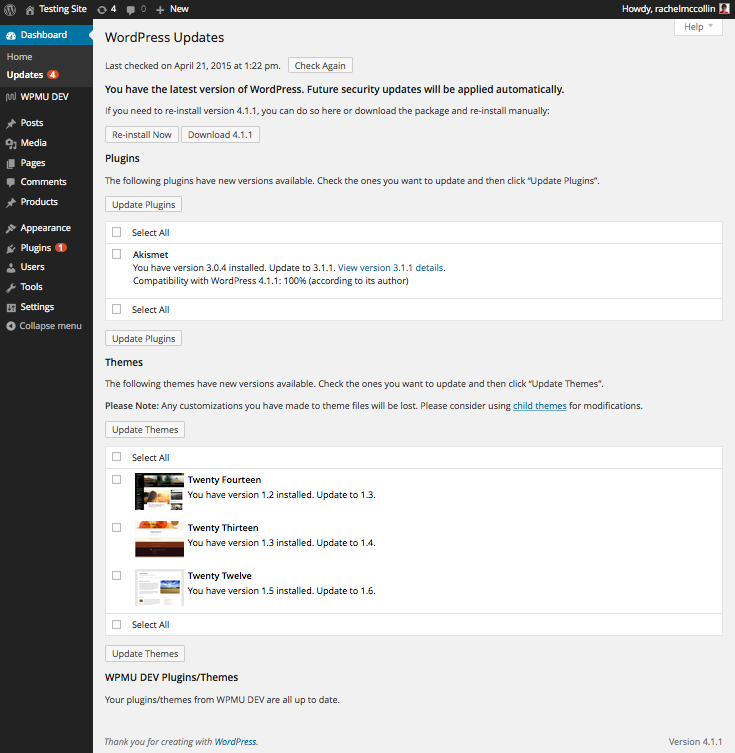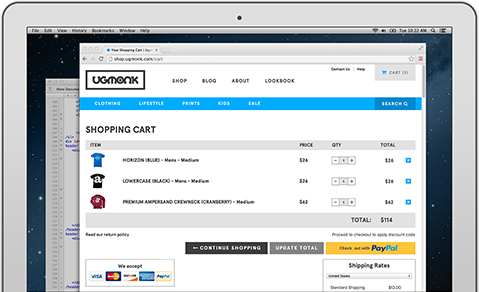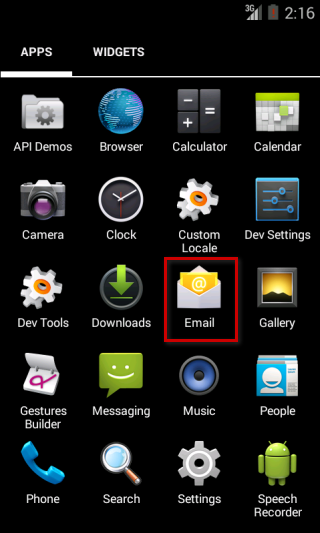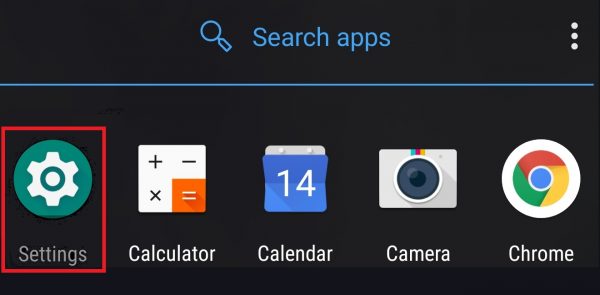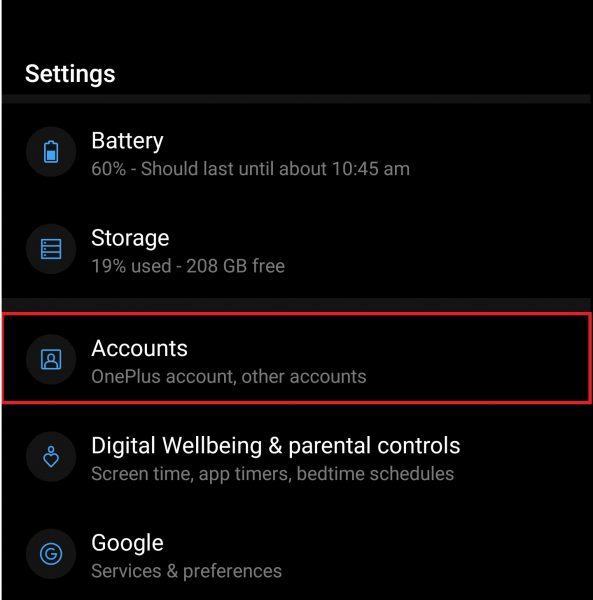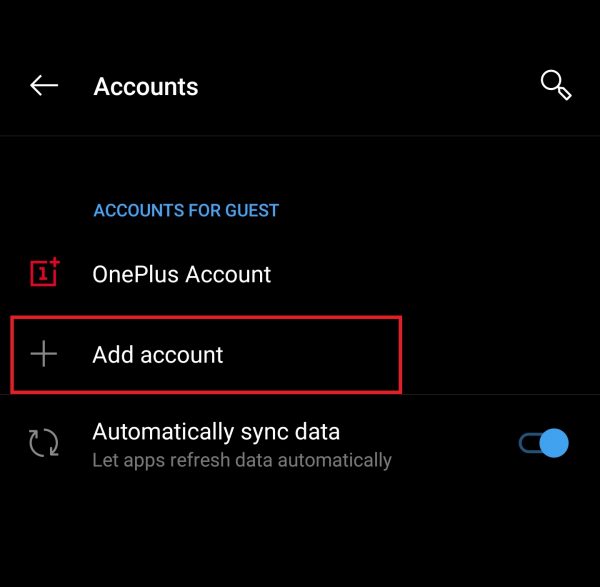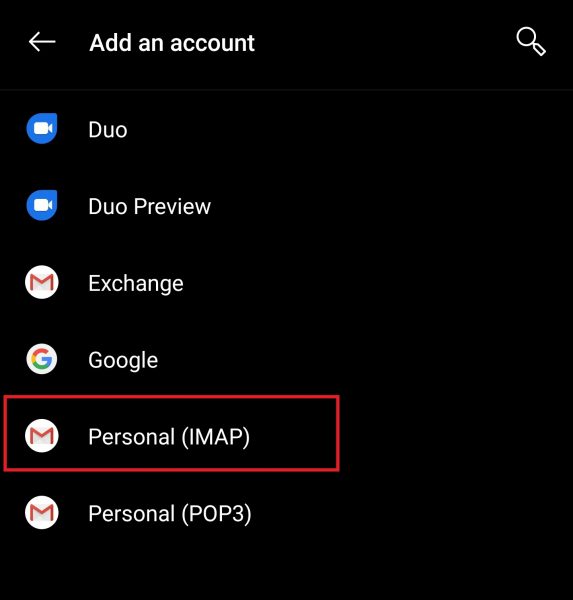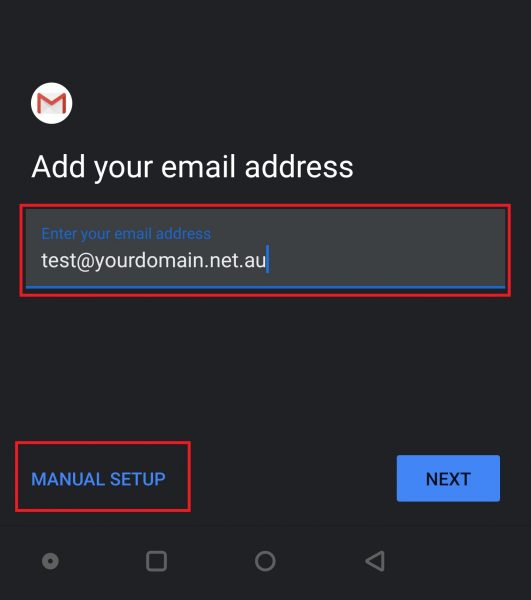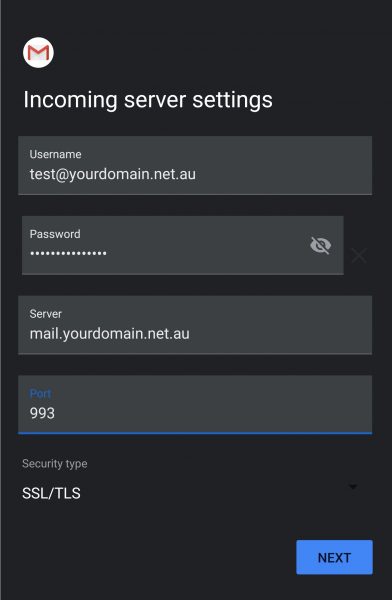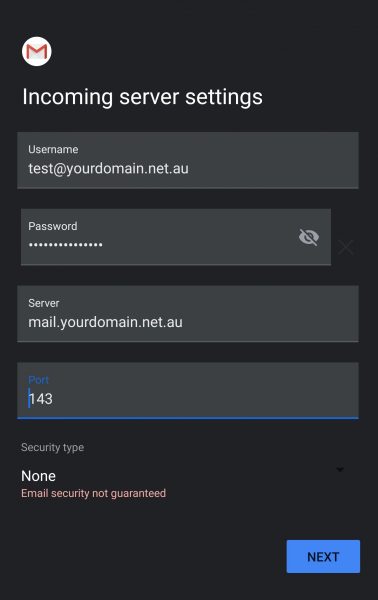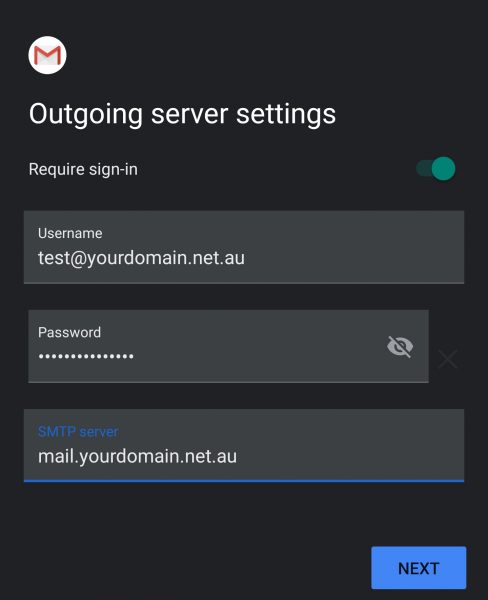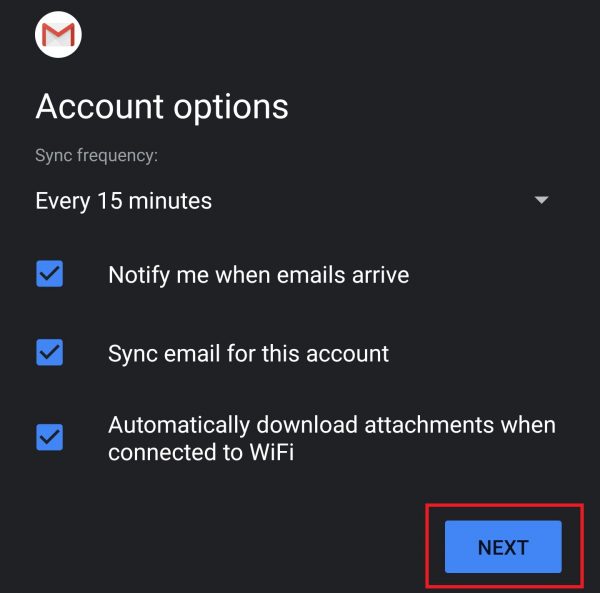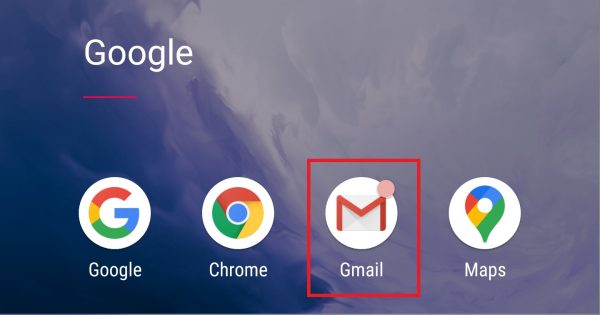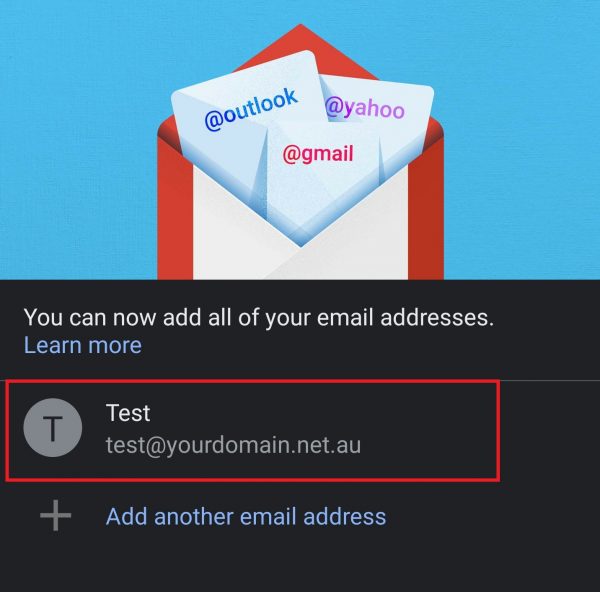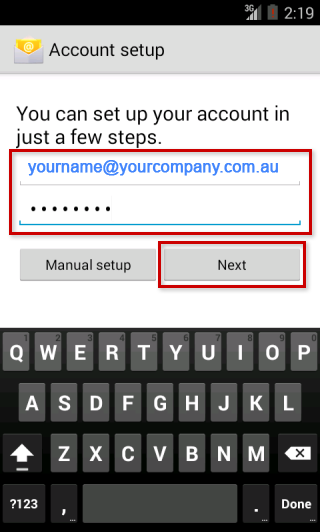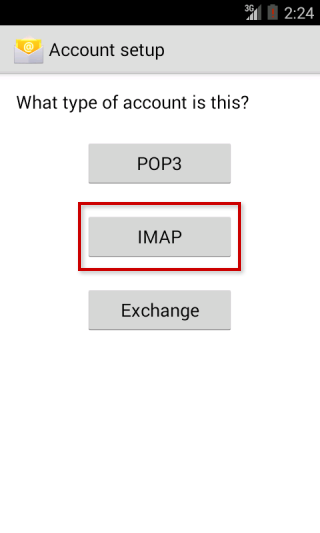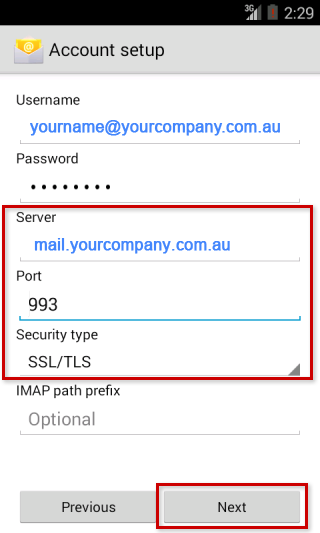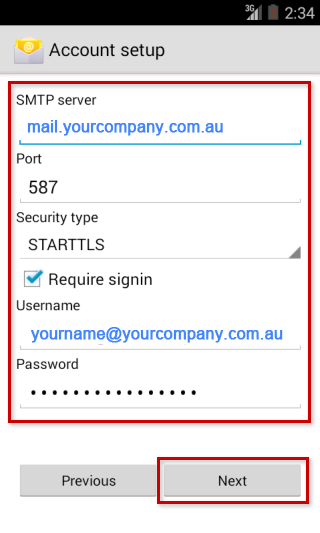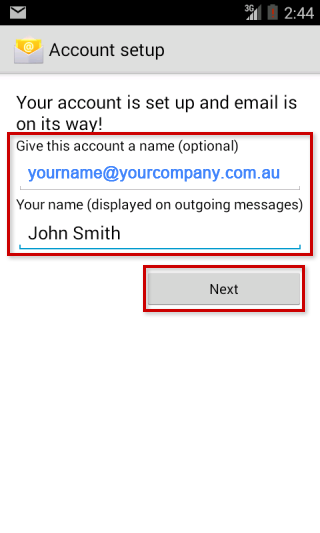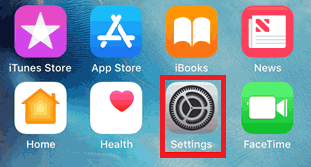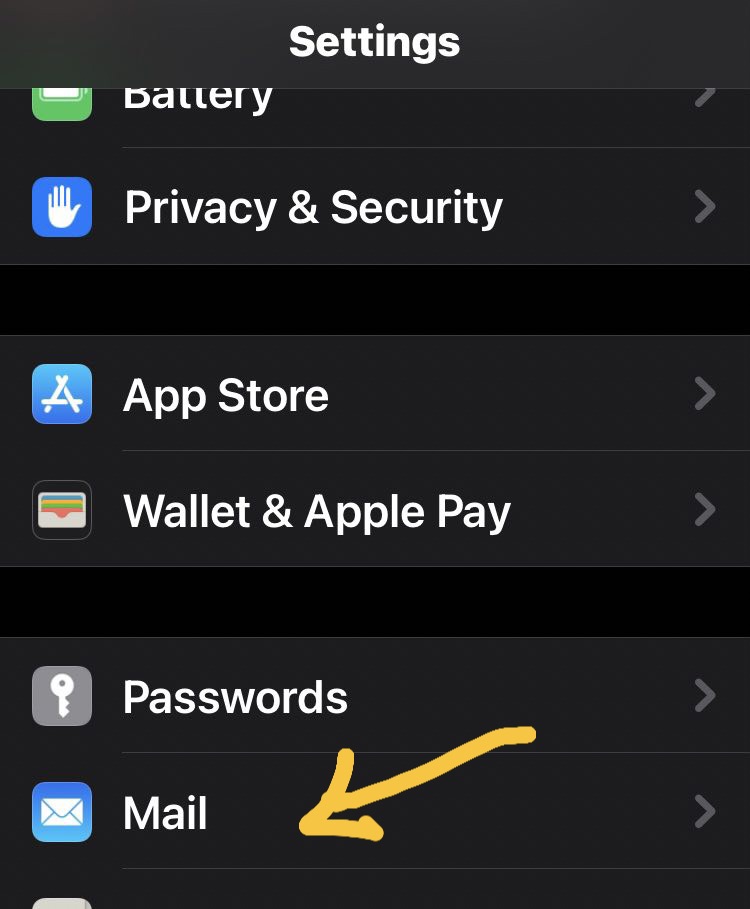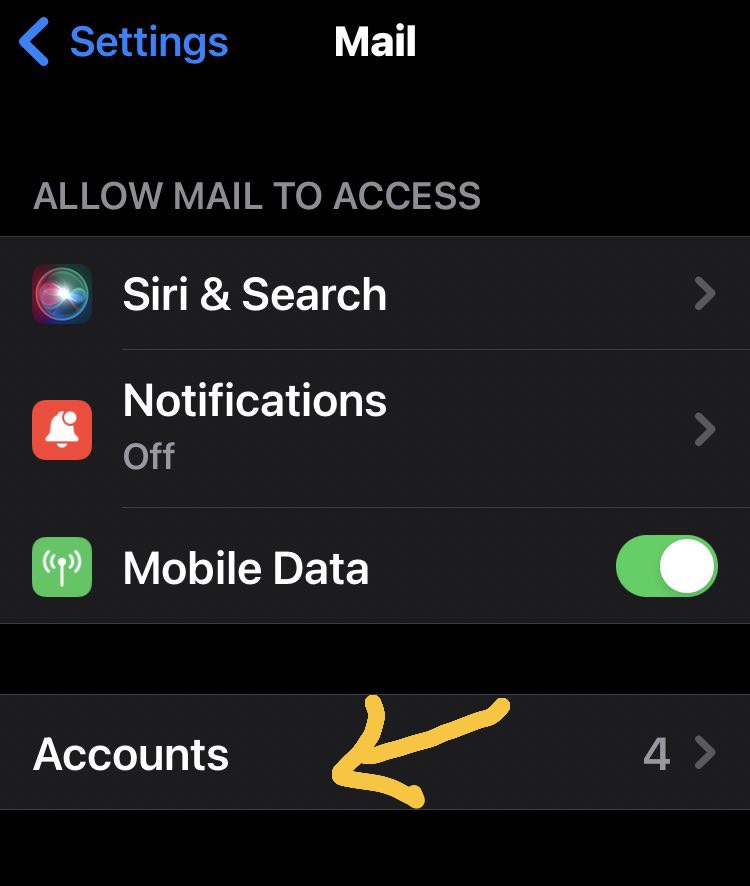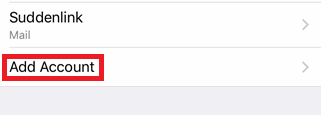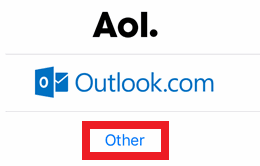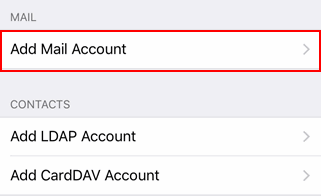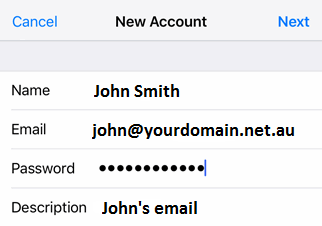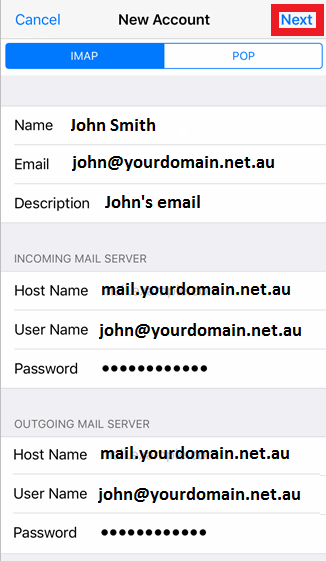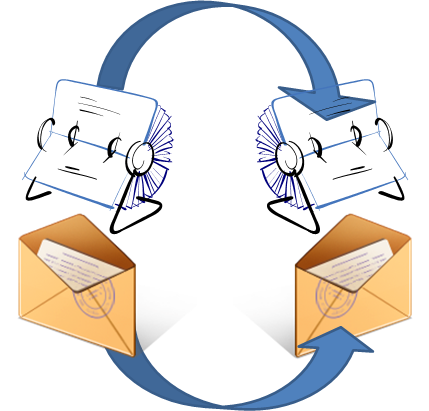Whitelist email addresses from specific senders to prevent communications ending up in your spam folder
You can allow emails from specific addresses to reach your inbox without being placed in your junk or spam folder by whitelisting those email addresses and adding them to a safe senders list.
Each program has different steps for adding an email address to a safe senders list. Please click on the link for the software you have and follow the instructions. Keep in mind that, if you’re instructing your contacts to add you to their safe sender lists, have them add the email address you use in your From Email Address line.
- Gmail
- MacMail
- McAfee SpamKiller
- Mozilla Thunderbird
- MSN
- Norton AntiSpam
- Outlook
- Outlook.com (Formerly Hotmail)
- Yahoo
Gmail
To ensure that you receive emails in your inbox, you can add the email address to your contact list. If one of our mails has been moved to the spam folder, you can mark it “Not Spam” to whitelist it.
1. Select contacts from the options on the left side of the Gmail Inbox.
2. Select Create Contact on the top menu.
3. Enter the email address in the primary email box.
4. Select Save.
MacMail
1. Open the email.
2. Ctrl-click the sender’s email address and select “Open in Address Book.”
3. Verify the sender’s contact details.
4. Click Save.
McAfee SpamKiller
1. Click Friends.
2. Click Add.
3. Enter your contact’s domain.
4. Click OK.
MSN
1. Select Settings: Email | Junk e-mail (bottom left, just above Calendar).
2. From the E-mail settings screen, select Junk E-mail Guard.
3. Select Safe List.
4. Enter the email address.
Example: You can either enter a specific email address or use *xxxxx.com or @xxxxx.com to whitelist the domain (replace the xxxxx with the domain name).
5. Select Add.
Mozilla Thunderbird
1. Check if your contact’s email is in your Junk folder, right-click on the email and choose “Mark As Not Junk”.
2. Click Address Book.
3. Make sure that the Personal Address Book is highlighted.
4. Click New Card, the New Card window will display.
5. Under the Contact tab, copy your contact’s “From” address and paste it into the Email dialog box.
6. Click OK.
Norton AntiSpam
AntiSpam works along with Outlook, Outlook Express, Netscape and Yahoo, MSN/Hotmail to block spam mails before it reaches your inbox. To make sure emails reach you, you can add us to your Personal Friends list or Global Friends list. Here is how you can do that:
1. Start Norton AntiSpam, select Status & Settings tab.
2. Select AntiSpam.
3. Select Configure button – right hand side bottom of the screen.
4. Select Allowed List tab – second tab on the list of tabs.
5. Select Add.
6. Enter email address in the Email address box.
7. Select OK.
Outlook
For 2003, 2007 and Express – Without an example email address in your inbox:
1. Select Actions from the toolbar at the top of the screen.
2. Select Junk E-mail.
3. Select Junk E-mail Options…
4. Click the Safe Sender tab.
5. Click Add.
6. Type in the email address you wish to add to your safe sender list.
7. Click OK.
For 2003, 2007 and Express – With an example email address in your inbox:
1. Open the email.
2. In the Toolbar options at the top, click the Safe Lists drop-down.
Note: This is located in the “Junk Email” section
3. Select “Add sender to Address book”.
4. Click OK.
For 2003, 2007 and Express – To white list an entire domain:
1. Open the email.
2. In the Toolbar options at the top, click the Safe Lists drop-down.
Note: This is located in the “Junk Email” section
3. Select “Add Sender’s Domain (@example.com) to Safe Senders List.
4. Click OK.
For 2010
1. In Outlook, go to the Home tab.
2. Click the Junk button.
3. Choose “Junk E-Mail Options” from the drop-down list.
4. Go to the Safe Senders tab.
5. Type in either the email address or the domain name you wish to add.
6. Click OK.
For 2013
1. In Outlook, go to the Home tab.
2. Click Junk > Junk Email Options.
3. Select the Safe Senders Tab and click Add.
4. In the Add address or domain box, enter the email address or the domain name you want to whitelist.
5. Click OK and close the window.
Express
1. In Outlook, go to the Tools menu.
2. Select “Address Book”.
3. Click New and select New Contact from the drop-down menu.
4. Type in email address and include any details you want.
5. Click OK.
Outlook.com (Formerly Hotmail)
1. Open your Outlook mailbox.
2. Select Options from the top right (next to the question mark).
3. Select More options > Safe and blocked senders (under Preventing junk email) > Safe senders.
4. In the space provided, enter the address.
Example: You can either enter a specific email address or use *xxxxx.com or @xxxxx.com to whitelist the domain (replace the xxxxx with the domain name).
5. Select Add to list.
6. Ensure the safe mailing lists box has the address you entered, and select OK.
Yahoo
In Yahoo Mail, your Contacts list is your whitelist. To add the From Address to your Yahoo Contacts:
1. Open your Yahoo mailbox.
2. Click the address book icon under the Yahoo! Mail logo. When you roll your mouse over it, it will say Contacts.
3. Click “New Contact”.
4. Fill in the fields of your Contact.
5. Click Save.
Mail from this sender should now be delivered to your Inbox.
